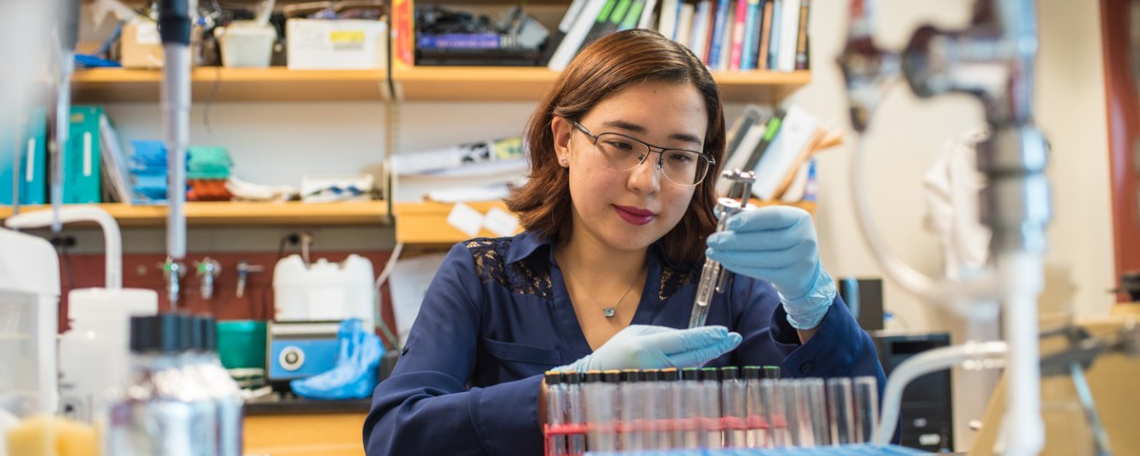Research and Scholarship

With $1.22 billion in research expenditures, one of the 15 largest academic research libraries, top ranked graduate fields, and some of the best facilities in academia, Cornell University is consistently ranked as one of the most comprehensive universities in the world.
Cornell has more than 150 interdisciplinary research centers, institutes, laboratories, and programs where research is conducted on everything from nano-particles to labor migration in Nepal. The Graduate Linkage program links graduate students at Cornell University’s Ithaca campus with the Weill Cornell Medical College (WCMC) and Graduate School of Medical Sciences (WCGSMS).
Graduate education receives strong financial support with nearly $50 million in tuition, stipend, and organized research expenditures. Cornell is ranked among the nation’s top five academic institutions in National Science Foundation research funding. (Source: Cornell Research.)
Research Highlights
- Cornell scientists are building and testing a prototype of a linear accelerator-driven, ultrabright x-ray source – the Energy Recovery Linac (ERL) – an essential tool for investigating all types of materials, physical phenomena, biological molecules, and chemical processes.
- With its legacy of leadership in nanoscience and nanotechnology, Cornell is a global force in nanofabrication capabilities, particularly featuring advanced electron beam and optical lithography and expertise in complex process integration.
- With a long tradition of research leadership in genetics and genomics, Cornell is a nationally recognized institution for implementing and utilizing the latest sequencing technologies as shared resources. More than 1,000 researchers use Cornell’s sequencing capabilities annually for genomics research.
- A Cornell lead science team created two of the world’s most famous robots – Spirit and Opportunity – which have been exploring Mars since January 2004.
- Cornell faculty scholarship in literary theory is among the most highly regarded in the field.
- Cornell biophysicists invented multiphoton microscopy, a widely used technology that is allowing researchers to image fluorescent markers deep inside tissue, “seeing” what takes place inside living cells.


